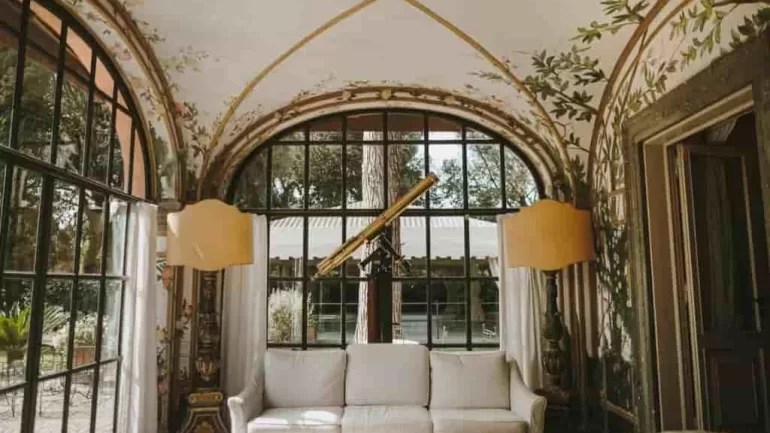ART & DESIGN
From bold hues to mixed materials, creating harmony with contrasting design elements is key to crafting spaces that feel layered and purposeful.
BY EMMA RADEBAUGH, ARTCENTRON
The Art of Creating Harmony With Contrasting Design Elements
For designers, contrast is a concept that opens a world of possibilities. Contrasting design elements can evoke intrigue, dynamism, and balance within a space when used intentionally. However, it’s about more than pairing opposites; it’s about creating relationships between elements that enrich rather than overwhelm.
Creating harmony with contrasting design elements doesn’t mean crafting chaos but fostering interactions that allow each element to enhance the other. From bold color pairings to dynamic spatial contrasts, let’s explore how to achieve a cohesive yet distinctive aesthetic through deliberate contrasts.
Why Contrast Matters in Design
Contrast is one of the most impactful principles in art and interior design. It grabs attention, directs the viewer’s focus, and adds depth. It can emphasize key features, highlight focal points, and define the mood of a space when used effectively.
Examples of Contrast in Design
The goal is to leverage the interaction of these elements—color, texture, form, and shape—to construct harmony in your space.
- Color
- The contrast between light and dark tones can create either drama or serenity.
- Adding vibrant jewel tones to a monochromatic room instantly elevates its character.
- Texture
- Combine sleek, polished surfaces with natural, weathered materials to add depth and sensory appeal.
- Form and shape
- Pair geometric furniture with organic decor to create visual interest without clashing.
By thoughtfully blending these elements, you can craft an environment that feels cohesive and inspiring. Each choice, no matter how subtle, contributes to a space that tells a story of balance, style, and intention.
Using Contrast To Highlight Key Features
Contrast allows designers to emphasize specific areas. For example, a dark wood dining table stands against smooth, pale stone. This choice creates an interplay that draws the observer’s gaze without complicating the visual narrative.
Additionally, incorporating decorative mirrors within a room can bring focus to contrasting design features. Beyond their reflective beauty, mirrors also make a space appear larger, amplifying the impact of contrasting design elements.
Balancing Contrast and Harmony
Contrasts should feel intentional. The balance lies in ensuring that juxtaposing elements complement each other, not compete. Harmony emerges when contrasts connect the room.
What’s the best way to accomplish this? You can pair luxuriously soft, velvet pillows with sturdy linen armchairs or contrast a glossy ceramic lamp with a matte wood base.
Applying Functional Contrast
Beyond aesthetics, integrating functionality into contrasting design choices can enrich the experience of a space. Consider the following examples:
- Lighting: Pairing warm accent lights with cooler overhead fixtures draws attention to specific decor elements.
- Furniture: A sleek marble coffee table beside a woven ottoman introduces visual and practical contrast to a design.
Functional contrasts ensure dynamic yet utilitarian spaces.
Building Visual Flow With Contrasts
Spatial contrasts can also guide movement throughout a room. The interplay between large, bold objects and smaller, intricate details allows the eye to move naturally from one element to another. Aim to cultivate a rhythm by alternating focal points, keeping contrasts deliberate but progressive.
Bringing It Together With Purpose
Creating harmony with contrasting design elements ultimately requires intention. The magic lies in weaving complementary contrasts that enhance the space instead of relying on a single “wow” feature. Create a space that impresses and captivates by balancing bold interactions with subtle unity.
